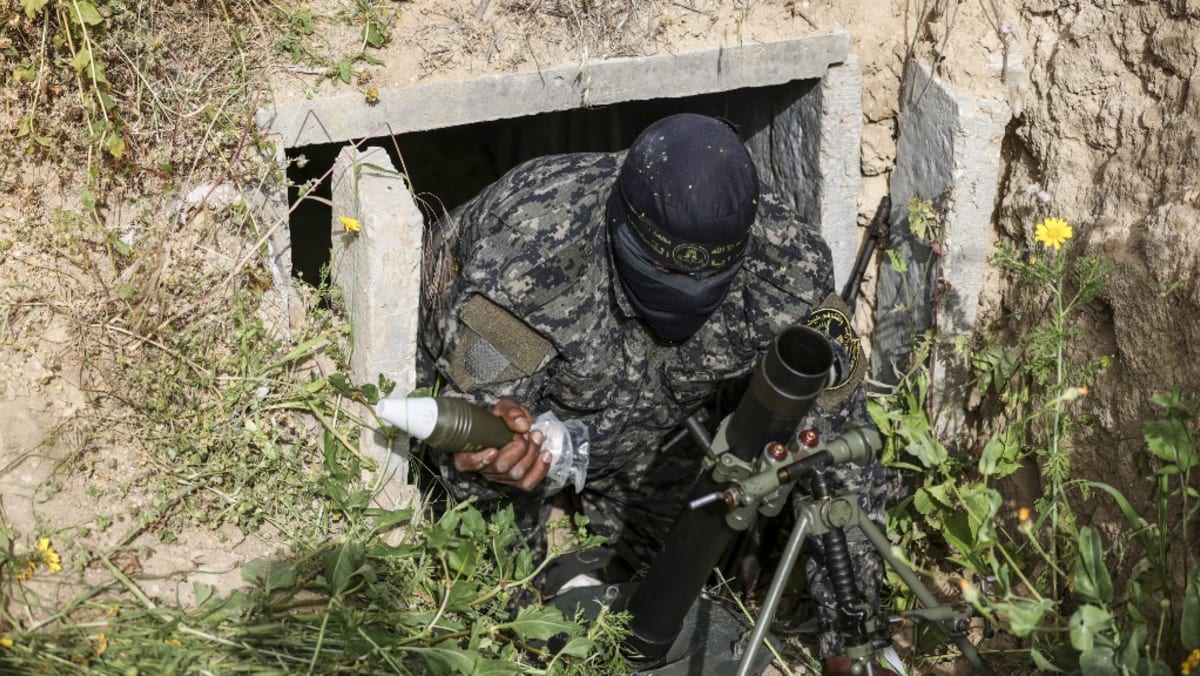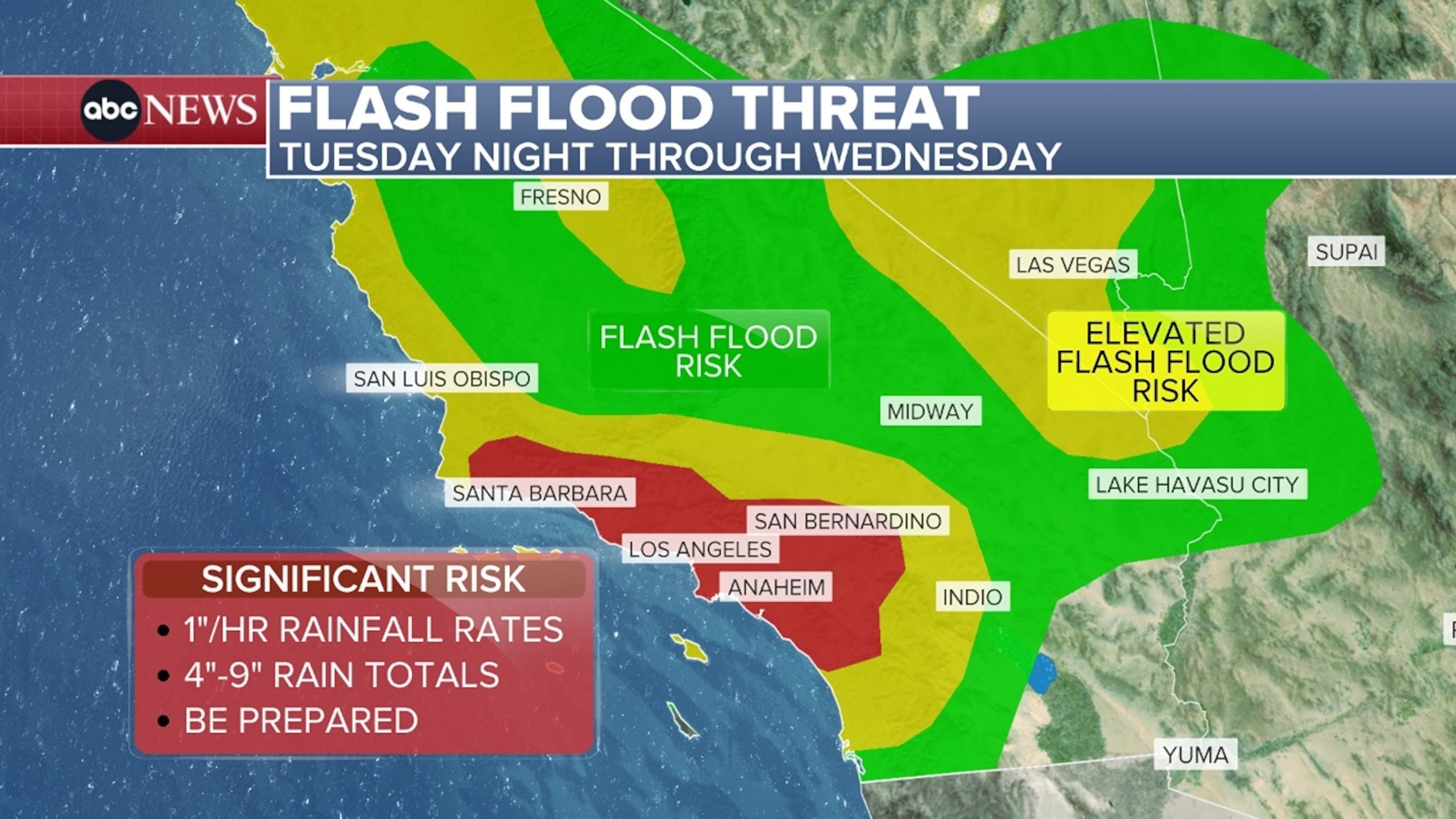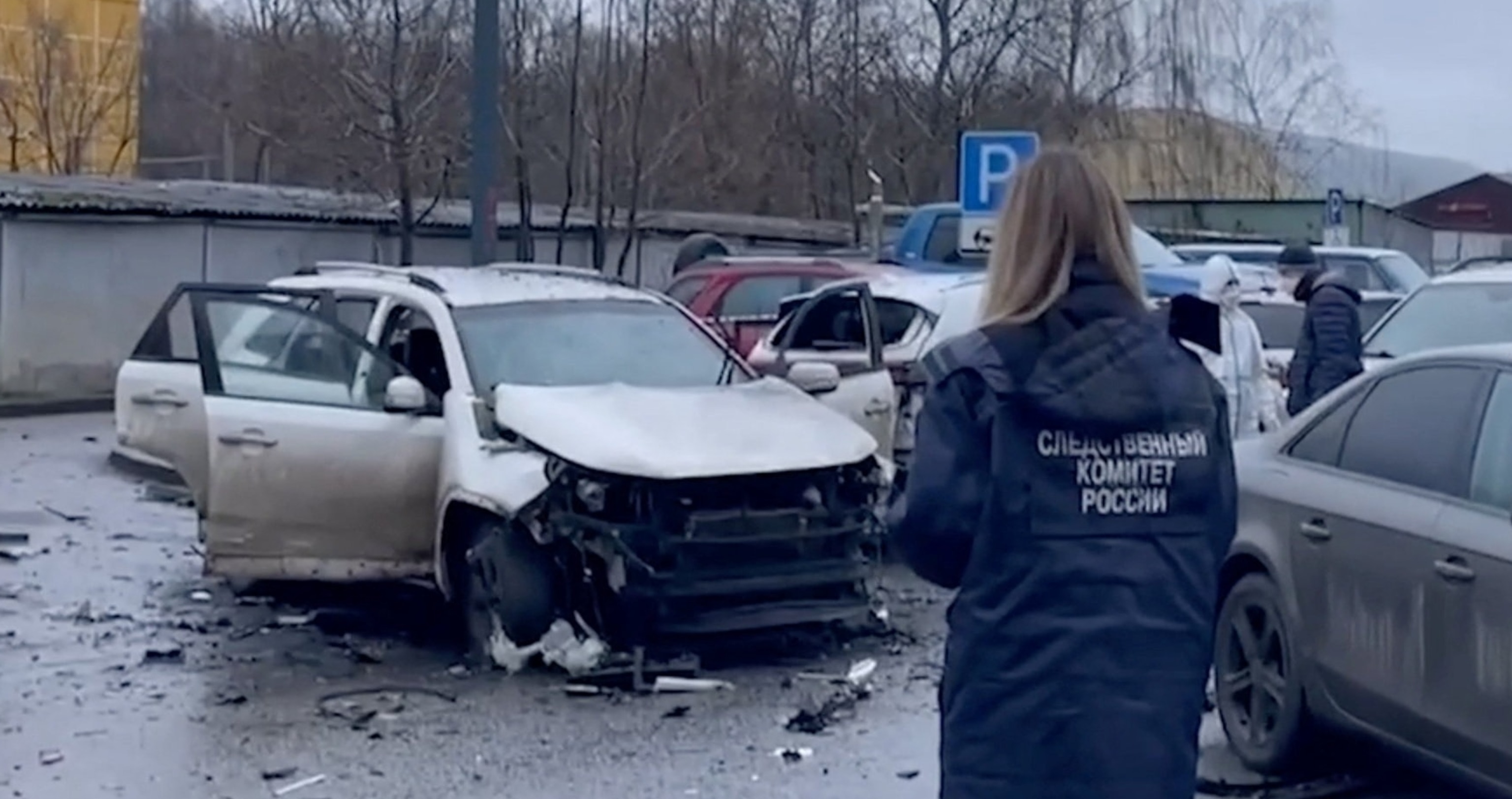A ‘spider web’ of Hamas tunnels in Gaza Strip raises risks amid Israeli ground offensive

The Israeli military has known of the threat since at least 2001, when Hamas used a tunnel to detonate explosives under an Israeli border post. Since 2004, the Israeli military’s Samur, or “Weasels,” detachment has focused on locating and destroying tunnels, sometimes with remote-controlled robots. Those going inside carry oxygen, masks and other gear.
Israel has bombed from the air and used explosives on the ground to destroy tunnels in the past. But fully dislodging Hamas will require clearing those tunnels, where militants can pop up behind advancing Israeli troops.
During the 2014 war, Hamas militants killed at least 11 Israeli soldiers after infiltrating into Israel through tunnels. In another incident, an Israeli officer, Lieutenant Hadar Goldin, was dragged into a tunnel inside Gaza and killed. Hamas has been holding Goldin’s remains since then.
Ariel Bernstein, a former Israeli soldier who fought in that war, described urban combat in northern Gaza as a mix of “ambushes, traps, hideouts, snipers”.
He recalled the tunnels as having a disorienting, surreal effect, creating blind spots as Hamas fighters popped up out of nowhere to attack.
“It was like I was fighting ghosts,” he said. “You don’t see them.”
Israeli Defense Minister Yoav Gallant on Friday said he expected a difficult ground offensive, warning it “will take a long time” to dismantle Hamas’ vast network of tunnels. As part of the strategy, Israel has blocked all fuel shipments into Gaza since the war erupted. Gallant said that Hamas would confiscate fuel for generators that pump air into the tunnel network. “For air, they need oil. For oil, they need us,” he said.
The Israeli military also said on Friday it had carried out “very meaningful” airstrikes on underground targets.
Typically, modern militaries have relied on punishing airstrikes to collapse tunnels. Israeli strikes in Gaza so far in this war have killed over 8,300 people, according to Gaza’s Health Ministry. But those strikes can inflict only limited damage on the subterranean network.
US forces fighting in the Vietnam War struggled to clear the 120km network known as the Cu Chi tunnels, in which American soldiers faced tight corners, booby traps and sometimes pitch-dark conditions in the outskirts of what was then Saigon, South Vietnam. Even relentless B-52 bombing never destroyed the tunnels. Nor did Russian strikes on the Ukrainian steel mill in 2022.
Underlining how tough tunnels can be to destroy, America used a massive explosive against an Islamic State group tunnel system in Afghanistan in 2017 called “the mother of all bombs”, the largest non-nuclear weapon ever used in combat by the US military.
AN ADDITIONAL LAYER OF COMPLEXITY
Yet in all those cases, advancing militaries did not face the challenge that Israel does now with Hamas’ tunnel system. The militant group holds some 200 hostages that it captured in the Oct 7 assault, which also killed more than 1,400 people in Israel.
Hamas’ release last week of 85-year-old Yocheved Lifshitz confirmed suspicions that the militants had put hostages in the tunnels. Lifshitz described Hamas militants spiriting her into a tunnel system that she said “looked like a spider web”.
Clearing the tunnels with hostages trapped inside likely will be a “slow, methodical process”, with the Israelis relying on robots and other intelligence to map tunnels and their potential traps, according to the Soufan Center, a New York security think tank.
“Given the methodical planning involved in the attack, it seems likely that Hamas will have devoted significant time planning for the next phase, conducting extensive preparation of the battlefield in Gaza,” the Soufan Center wrote in a briefing. “The use of hostages as human shields will add an additional layer of complexity to the fight.”
The potential fighting facing Israeli soldiers also will be claustrophobic and terrifying. Many of the Israeli military’s technological advantages will collapse, giving militants the edge, warned Daphne Richemond-Barak, a professor at Israel’s Reichman University who wrote a book on underground warfare.
“When you enter a tunnel, it’s very narrow, and it’s dark and it’s moist, and you very quickly lose a sense of space and time,” Richemond-Barak told The Associated Press. “You have this fear of the unknown, who’s coming around the corner? … Is this going to be an ambush? Nobody can come and rescue you. You can barely communicate with the outside world, with your unit.”
The battlefield could force the Israeli military into firefights in which hostages may be accidentally killed. Explosive traps also could detonate, burying alive both soldiers and the hostages, Richemond-Barak said.
Even with those risks, she said the tunnels must be destroyed for Israel to achieve its military objectives.
“There’s a job that needs to get done and it will be done now,″ she said.
Source: CNA















